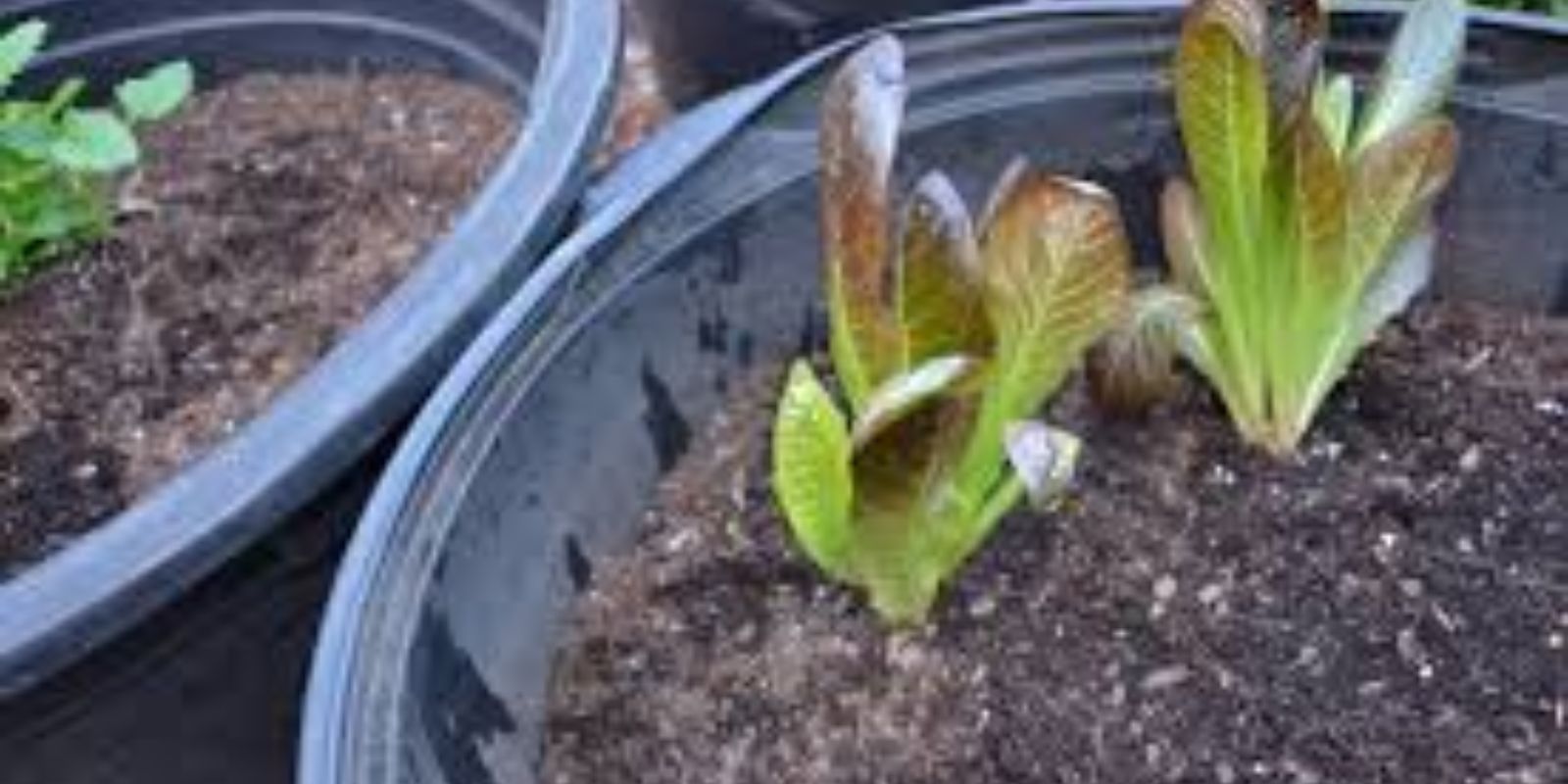Imagine being able to grow fresh vegetables, fragrant herbs, or colorful flowers no matter where life takes you. Whether you’re a nomad living the van life, a frequent traveler, or someone who simply loves the idea of mobility, creating a portable garden is the perfect solution. It combines the therapeutic joys of gardening with the practicality of mobility.
This comprehensive guide will walk you through the process of building your own DIY garden that you can take on the road. By the end, you’ll know exactly how to bring your green thumb along for every adventure.
Why Build a Portable Garden?
A portable garden offers several benefits:
- Fresh Produce Anywhere: Enjoy homegrown herbs, vegetables, and fruits while traveling.
- Space Optimization: Perfect for small living spaces like vans, RVs, or apartments.
- Sustainability: Reduce food waste and your carbon footprint by growing your own food.
- Stress Relief: Gardening is a known stress reliever, offering a sense of calm no matter where you are.
Steps to Build Your DIY Portable Garden
1. Choose the Right Containers
The foundation of a portable garden lies in selecting lightweight, durable containers.
- Best Options: Fabric grow bags, plastic pots, or repurposed items like old buckets or crates.
- Tips:
- Ensure containers have proper drainage holes to prevent waterlogging.
- Use stackable or collapsible containers to save space during travel.
2. Select Plants Suited for Mobility
Compact, hardy plants are ideal for a portable garden.
- Recommended Plants:
- Herbs: Basil, parsley, thyme, and cilantro.
- Vegetables: Cherry tomatoes, spinach, lettuce, and radishes.
- Flowers: Marigolds, pansies, or dwarf sunflowers.
- Tips: Opt for plants with shallow root systems, as they thrive in small containers.
3. Use Lightweight Soil Mix
The right soil mix makes your garden manageable and ensures healthy plant growth.
- Mix Recipe: Combine potting soil with perlite or vermiculite for aeration and reduced weight.
- Tips: Add compost for nutrients and coconut coir for moisture retention.
4. Create a Mobile Watering System
Consistency in watering is crucial, especially when you’re on the go.
- Options:
- Self-watering pots or reservoirs.
- Water-retaining crystals mixed into the soil.
- A small travel-sized watering can or spray bottle.
- Tips: Check moisture levels regularly to avoid over- or under-watering.
5. Secure Your Garden for Travel
Moving plants from one location to another can be tricky, but proper securing prevents damage.
- Tips:
- Place pots in sturdy trays or crates to keep them upright during transport.
- Use bungee cords or Velcro straps to hold containers in place.
- Add padding around containers to absorb shocks.
6. Ensure Proper Lighting
Plants need sunlight to thrive, even on the road.
- Options:
- Position plants near windows or skylights in your vehicle.
- Invest in portable grow lights with adjustable brightness.
- Tips: Rotate plants regularly to ensure even light exposure.
7. Pack Smart with Gardening Essentials
A small gardening toolkit ensures you’re prepared for any plant-care needs.
- Essential Items:
- Small scissors or pruners.
- A trowel and gloves.
- Fertilizer and pest control solutions.
- Spare seeds or cuttings for replanting.
Caring for Your Portable Garden
Watering on the Road
- Always check your plants before a long drive and water if needed.
- Use a drip irrigation kit for hands-free watering during extended trips.
Dealing with Temperature Changes
- Keep plants insulated during extreme weather by wrapping pots with fabric or bubble wrap.
- Move plants indoors or into shaded areas during high heat.
Protecting Against Pests
- Inspect plants regularly for signs of pests or disease.
- Use organic pest repellents like neem oil or a homemade soap spray.
Pruning and Harvesting
- Regularly prune plants to maintain their size and encourage growth.
- Harvest herbs and vegetables frequently to keep them productive.
Inspiration: Creative Portable Garden Ideas
1. Herb Tower
Stack small pots vertically in a crate to create a herb garden tower. It saves space and allows easy access to your favorite seasonings.
2. Hanging Baskets
Hang lightweight baskets from hooks inside your van or RV. Use them to grow trailing plants like strawberries or pothos.
3. Pallet Garden
Attach pots to a small wooden pallet for a portable vertical garden. Secure the pallet to the wall for added stability.
4. Window Box Gardens
Install window boxes on your vehicle or in your home to grow flowers or small greens.
5. Recycled Bottle Planters
Repurpose plastic bottles as hanging planters or mini herb pots.
Benefits of a Portable Garden
- Convenience: Fresh ingredients are always within reach for cooking or brewing tea.
- Self-Sufficiency: Reduce reliance on store-bought produce.
- Cost-Effective: Save money on groceries by growing your own food.
- Eco-Friendly: Cut down on food waste and packaging waste.
- Aesthetic Appeal: A portable garden adds a touch of greenery to your space, making it more inviting.
Common Challenges and How to Overcome Them
1. Limited Space
- Use vertical gardening techniques like stacking or hanging planters.
- Grow only the essentials to maximize your small space.
2. Changing Environments
- Use adaptable plants that can thrive in different conditions.
- Always research the climate of your travel destinations.
3. Managing Weight
- Opt for lightweight containers and soil to keep your setup portable.
- Regularly prune plants to reduce bulk.
Final Thoughts
Creating a DIY garden you can take on the road is a rewarding way to combine your love for travel and gardening. With careful planning, the right materials, and a touch of creativity, you can enjoy the best of both worlds. Whether you’re a seasoned gardener or a beginner, a portable garden is a wonderful way to stay connected to nature wherever you go.
What’s your favorite portable gardening hack? Share your tips and ideas below! 🌱✨
#PortableGarden #VanLifeGardening #GardeningOnTheGo #SustainableTravel #GreenLiving

